

Project Hotspot was a Taranaki-based citizen science project and one of the Participatory Science Platform (PSP) projects supported by the New Zealand Government. The Ngā Motu Marine Reserve ...
READ MORE

This article describes how students and Ngāti Mutunga teamed up with an ecologist to investigate frog populations – kimihia means to look for – in the Ngāti Mutunga rohe. The investigation used a ...
READ MORE
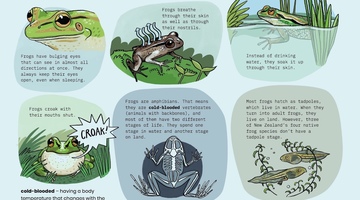
Frogs for the future? is a ready-to-use cross curricular teaching resource. It uses the Ministry of Education’s 2019 Connected article Kimihia Kermit by Philippa Werry. Rights: Crown 2019 Frog ...
READ MORE

Plant reproduction is a topic that lends itself to many areas within the junior and middle school curriculum. This teacher resource provides a number of literacy and numeracy links to New Zealand ...
READ MORE

This teacher resource lists selected articles from the Connected and School Journal reading series that support science concepts when teaching about climate change. Connected and School Journal ...
READ MORE
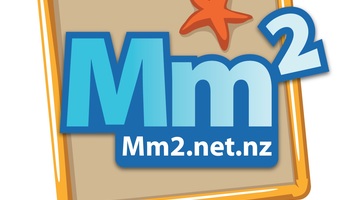
Marine Metre Squared is a New Zealand citizen science project that supports communities to monitor their local seashore. The project has been designed to provide meaningful, valid environmental ...
READ MORE

Weddell seals and orca are among the top predators in the Ross Sea region of Antarctica, and more than half of the Weddell seal population can be found in the Ross Sea. Information about changes ...
READ MORE
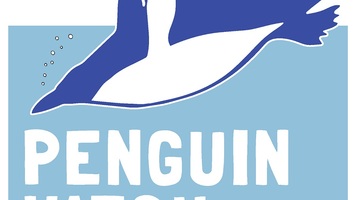
Help scientists establish valuable baseline data about the numbers, locations, habits and health of penguins in a range of Southern Ocean sites. This information will enable better understanding ...
READ MORE

In this online PD session recorded on 30 July 2015, primary school teacher Angela Schipper describes how she used the Butterflies resources from the Science Learning Hub in the classroom. In ...
READ MORE
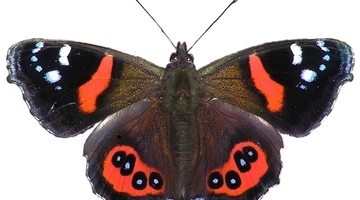
The New Zealand Curriculum has a strong focus on ensuring that all students have the skills and knowledge to participate in public debates and decision-making processes as critical, active ...
READ MORE

In this recorded professional learning session, Greta Dromgool and Ben Moorhouse from the Department of Conservation unpack conservation education and: introduce some exciting DOC resources aimed ...
READ MORE
Researcher Erina Watene-Rawiri describes the life cycle of eels. Updated science: In this video Erina explains that the leptocephali – eel larvae – 'float' back upstream on the current. Current ...
READ MORE
Kelvin Barnsdale explains how satellites use radio signals to communicate with ground stations and how satellite dishes are shaped to reflect these signals into a single point. Point of interest: ...
READ MORE
Kelvin Barnsdale shows us a simple homemade aerial that receives signals from an amateur radio satellite. Kelvin uses his laptop to view the satellite images. Point of interest The New Zealand ...
READ MORE

Test your knowledge of the carbon cycle – and diagrams – with this quiz. Use the carbon cycle interactive to help you answer the questions. For best results, open the interactive in a separate ...
READ MORE
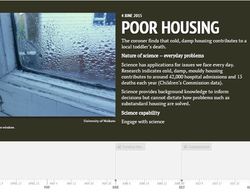
Select here for the best view of this interactive timeline. It combines the Rongomai School healthy homes investigation with the nature of science.
READ MORE

This slideshow allows students to consider some of the pros and cons of various methods of predator control. Use the Slideshow menu for further options, including view full screen, and go here ...
READ MORE